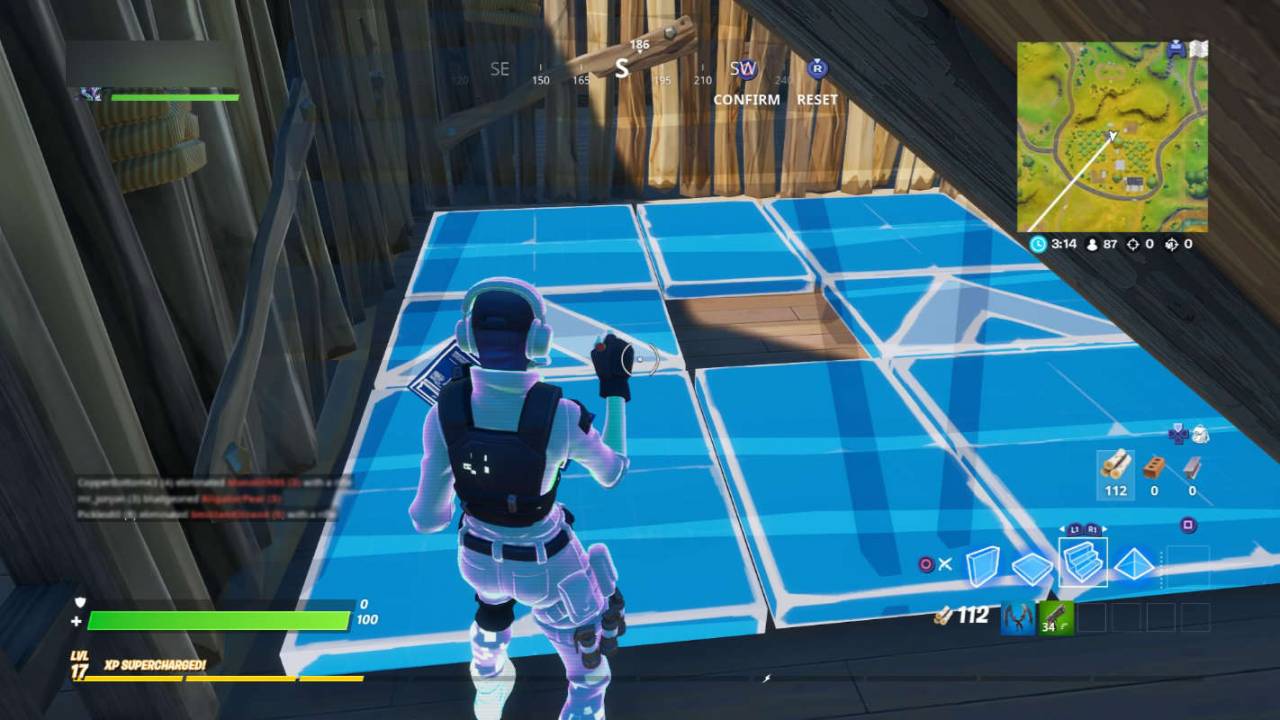

Previous work has proposed the use of “assistance techniques” ( Bateman et al., 2011b Cechanowicz et al., 2014 Vicencio-Moreira et al., 2014, 2015) however, the previously proposed techniques all focused on “internal” approaches for balancing gameplay, by directly making it easier for a player to perform a game's main mechanic. Our focus on “external” means that the assistance techniques we consider in this work do not need to change the main game mechanics to be effective, rather they can be added separately or distinctly from a game's core mechanics (e.g., a game's rules, physics, or other character or game object behaviors can remain unchanged). From previous work in game design, we borrow and refine the definition of “core tasks,” the “basic motor and perceptual tasks” that games require in order to interact with game mechanics ( Flatla et al., 2011). We define external assistance techniques (or EA techniques) as a set of approaches that work outside of the main mechanics of the game world, but allow a player to more easily complete challenges that are tightly connected to the game world by allowing them to better perform core tasks. One way that game designers balance challenge is to use external assistance techniques. Because of the limited research and reports of practice, game balancing still remains more of an art than science ( Schell, 2019). Tweaking game mechanics for balance commonly leads to unintended consequences, and can lead to mechanics operating in unsatisfying ways ( Baron, 2012). In such games with interconnected mechanics (such as platformers or first-person shooters), game balancing that operates in the space of the game world is extremely difficult and time consuming because of the interconnected nature of a game's in-world mechanics and properties. However, this would have many side effects in other parts of the game e.g., changing running speed may make avoiding enemies too easy and changing gravity will affect the behavior of many other game objects. The designer may consider increasing the character's jumping distance by tweaking aspects of the game's physics. For example, imagine a platformer game where in playtesting it is uncovered that players find jumping over large pits too difficult (the split-second timing required is hard for players to master).

Game balancing is extremely challenging, because many of a game's parameters are interconnected ( Baron, 2012). Traditionally, game designers try to find the right level of challenge through the activity of game balancing, where aspects of the rules are tweaked to target the right play experience ( Schell, 2019). Striking the right level of challenge is critical for a game design to be successful: if it is too difficult, it can become frustrating if it is too easy, players may become disengaged and uninterested ( Vazquez, 2011). Our work provides new directions for research into improving and maturing game balancing practices.Ĭhallenge is an important part of what makes a game entertaining ( Chen, 2007). Through an evaluation, we show that the framework is an effective tool for game balancing, and provide commentary on key ways that External Assistance Techniques can affect player experience. We then demonstrate how designers can use our framework to assist a previously understudied core task in three games. In this work we analyze 54 games, identifying and organizing 27 External Assistance Techniques into a descriptive framework that connects them to the ten core tasks that they assist. In games that require skill mechanics, Core Tasks are the basic motor and perceptual unit tasks required to interact with a game, such as aiming at a target or remembering a detail. We provide a first characterization of External Assistance Techniques showing how they can be applied by first identifying a game's Core Tasks. In this work, we present a design framework that can guide designers in identifying and applying External Assistance Techniques from a range of existing assistance techniques. While External Assistance Techniques are well-known to game designers (like providing onscreen guides to help players push the right buttons at the right times), there are no guiding principles for how these can be applied to help balance challenge in games. One way that game designers help make challenging mechanics easier is through the use of External Assistance Techniques-a set of techniques outside of games' main mechanics. Game balancing is a time consuming and complex requirement in game design, where game mechanics and other aspects of a game are tweaked to provide the right level of challenge and play experience. 1HCI Lab, Faculty of Computer Science, University of New Brunswick, Fredericton, NB, Canada.Jawad Jandali Refai 1,2 Scott Bateman 1 * Michael W.


 0 kommentar(er)
0 kommentar(er)
